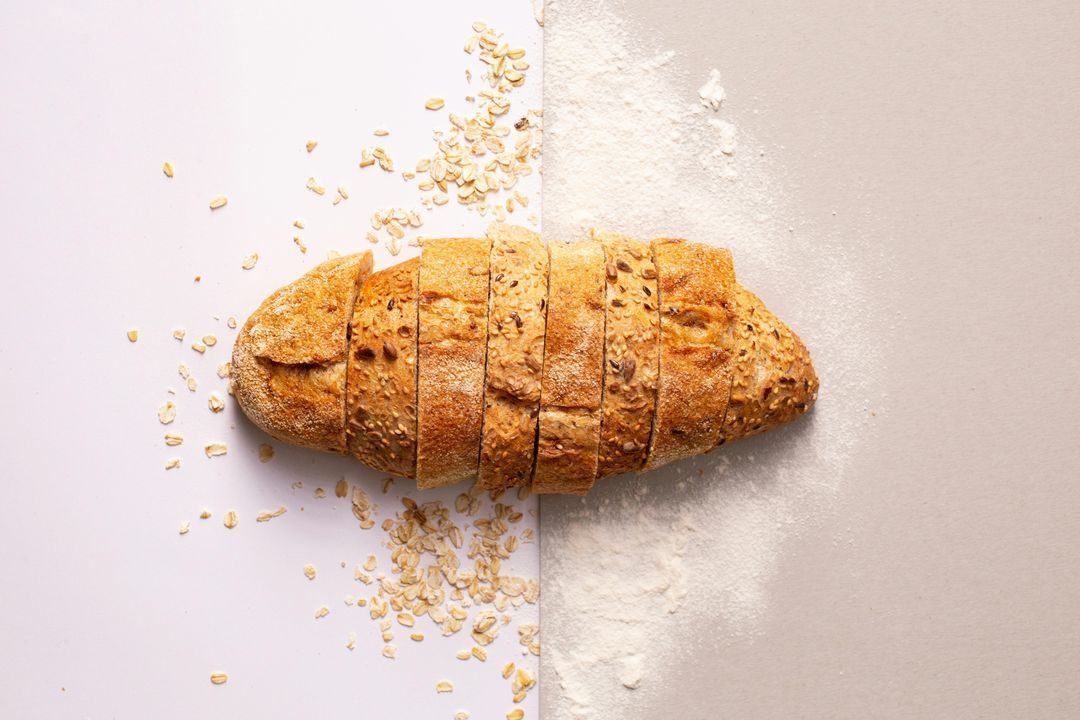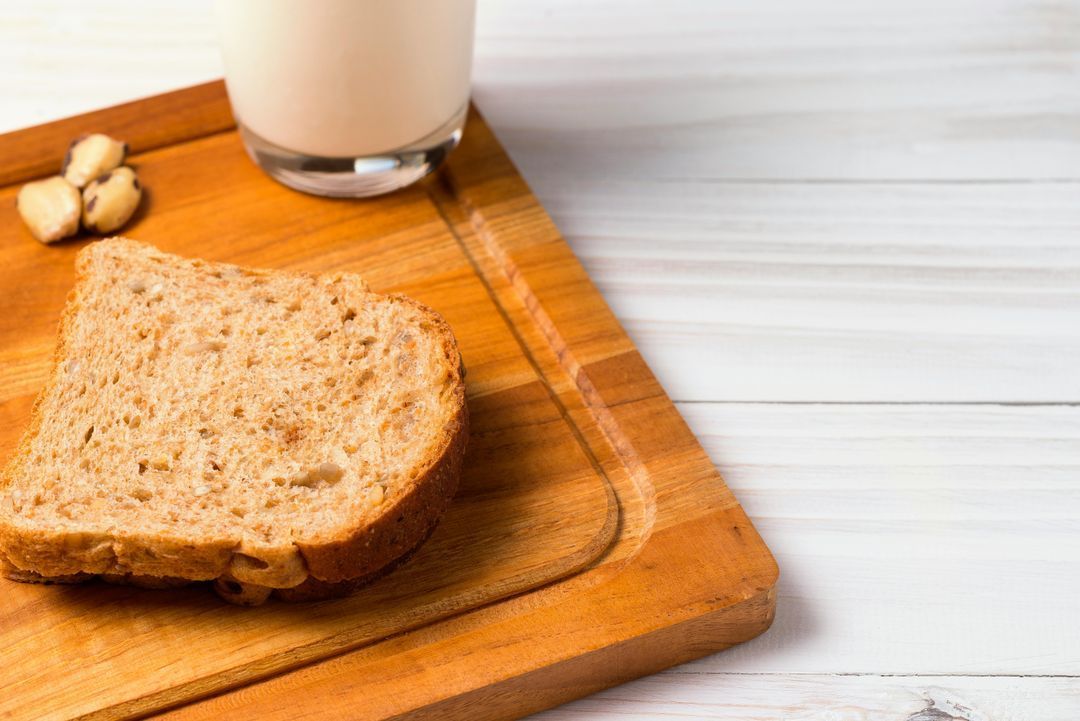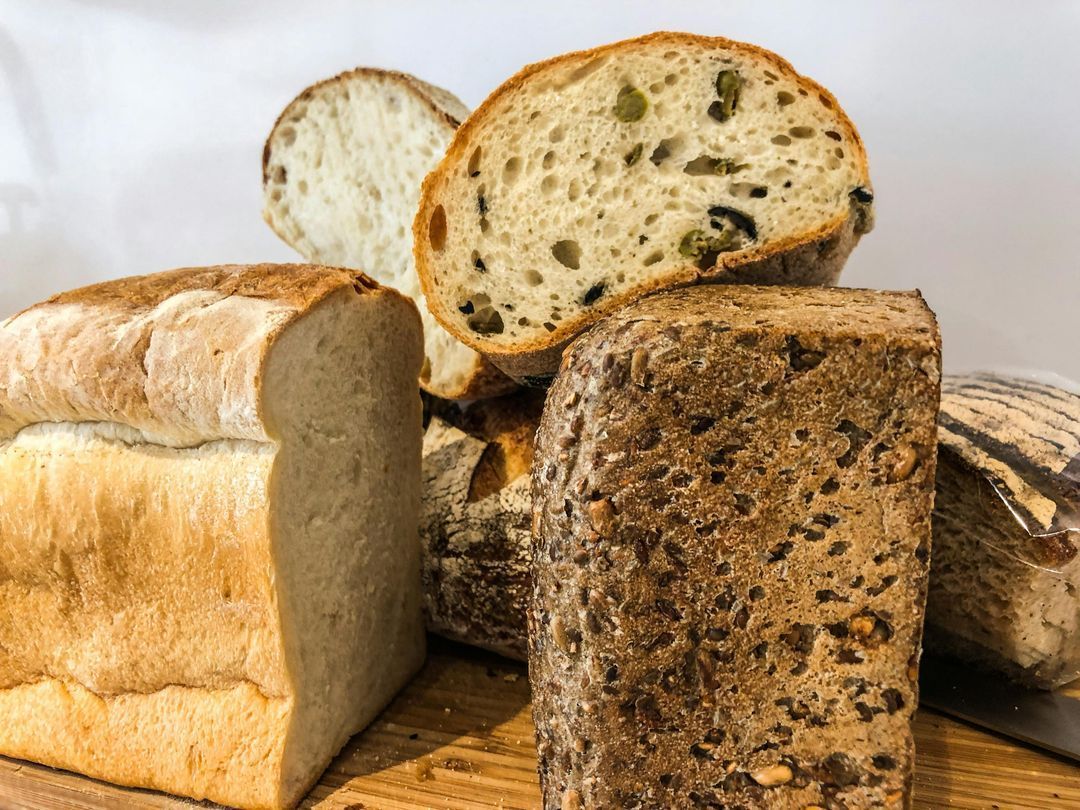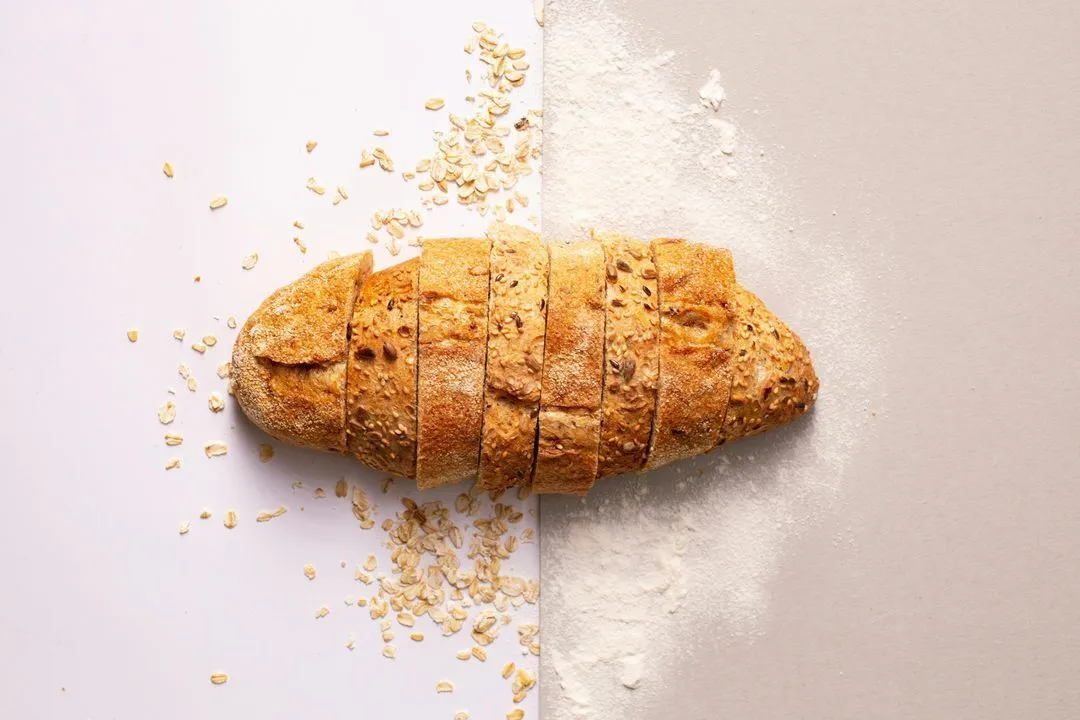What to Know Before Buying Packaged Bread: Focus on Types 0 and 00 Flour

Bread has always been a symbol of Italian food culture, present in every home, on every table, in every region. In recent decades, however, habits have changed: fresh bread from the baker has often been replaced by packaged supermarket bread , sold in clear bags, long-lasting and ready to toast.
Convenient? Certainly. But how much do we really know about packaged bread?
Most of these products are made with type 0 or 00 soft wheat flour , ingredients that, while familiar in sounding, conceal a profound nutritional quality issue. In this article, Ill take you on a practical and informed journey through flours, labels, myths to debunk, and tips for healthier and more informed purchases.
What is type 0 or 00 flour?
The designations 0 and 00 refer to the degree of refinement of the flour. The lower the number, the more refined the flour is , that is, stripped of essential components such as:
- the bran (the outer part of the wheat grain),
- the germ (the part rich in good fatty acids and vitamins),
- natural enzymes and micronutrients.
Type of flour Amount of ash (minerals) I wait Nutrition 00 Max 0.55% White, impalpable Very low in fiber and micronutrients 0 Max 0.65% White, slightly less refined Slightly richer than 00 1 Max 0.80% Clear, with traces of bran More interesting from a nutritional point of view 2 Max 0.95% Dark, similar to semi-wholemeal Good compromise between taste and health Whole wheat Over 1.3% Dark, rough Rich in fiber, vitamins and ➡️ So, when you eat a sandwich made with 00 flour , youre ingesting almost only starch . Its a bit like drinking sugar water while thinking youre eating a meal.
Why is type 0 or 00 flour used in packaged bread?

Food industries prefer refined flour for mainly technological and economic reasons:
- Better preservation : refined flour is more stable and does not go rancid like flours richer in oils and fibres.
- Better visual appearance : the bread appears lighter, softer and “cleaner” to the consumers eye.
- Greater workability : these flours allow for doughs that are easier to handle in industrial lines.
- Lower cost : It is a cheaper flour to produce on a large scale.
The result? A product that is pleasing to the eye , but nutritionally poor .
Health Effects: What Happens If We Often Eat 00 Flour?
The habitual consumption of ultra-refined bread (and derivatives) can have some negative impacts on health:
High glycemic index
Type 00 flour behaves almost like simple sugar: it is absorbed quickly, causing a glycemic spike . Over time, this can lead to:
- weight gain,
- nervous hunger shortly after a meal,
- increased risk of insulin resistance and type 2 diabetes.
Low in fiber
The lack of bran and germ means less:
- satiety ,
- intestinal regularity ,
- support for bacterial flora (microbiota),
- prevention of high cholesterol and constipation .
Reduced nutritional value
Refined flour is almost devoid of B vitamins , vitamin E, iron, zinc, and magnesium, which are instead present in wholemeal flour.
www.iss.it🧠 Myths about packaged bread to dispel
White bread = more digestible
False. In reality, a lack of fiber slows gastric emptying, increasing hunger and reducing satiety. Light bread is often a deception.
Whole wheat is always better
It depends. Some “whole wheat” breads contain only type 0 flour + added bran , which doesn’t have the same nutritional value as true whole wheat flour.
Long-life = worse
Not necessarily. Some packaged breads use a protective atmosphere and natural processes , without preservatives.
The important thing is to read the ingredients list.
🔎 Whole wheat or just colored bread? Beware of type 0 flour + added bran.
When we buy a product labeled whole wheat bread , we think were making a healthy choice. But in reality, not everything that says whole wheat actually is . In many cases, were faced with a simple combination of:
- Soft wheat flour type 0 (or 00)
- Added bran or fiber
- Sometimes even natural colorants (such as roasted barley malt) to visually darken the product
This type of bread, which we could call “fake wholemeal” , does not have the same nutritional value as real bread made with wholemeal flour from the complete grinding of the wheat grain.
The difference between real whole wheat flour and a refined + bran mix
Characteristic True wholemeal Fake wholemeal (0 flour + bran) Origin Whole grain (endosperm + germ + bran) Refined flour with reconstructed bran Fiber Natural, in balance with the germ Added in isolation, less bioavailable Minerals and vitamins Preserved Largely lost during refining Glycemic index Lower Similar to refined flour Health benefits Validated by scientific studies Very small 🧬 Why is fake whole wheat less effective?
- Compromised grain structure: The added bran no longer interacts naturally with the other components of the grain. This limits its nutritional efficacy and the bioavailability of micronutrients.
- Loss of wheat germ: The germ is one of the most nutritious parts of the bread (rich in vitamin E, healthy fats, and antioxidants ). It is removed from type 0 and 00 flours to increase their shelf life. In reconstructed breads, it is not reintroduced .
- Non-functional “technical” fibers: Fibers inserted in isolation may not have the same prebiotic effect (i.e. beneficial for the intestine) as those naturally contained in wholemeal flour.
- Only slightly lower glycemic index: Some tests show that bread made with type 0 flour + bran still has a high GI , similar to white bread, and can still cause blood sugar swings.
🧾 How to recognize real whole wheat bread at the supermarket?
Check the ingredients :
- The first ingredient must be “whole wheat flour” , not “0 flour” or “00 flour”.
- Avoid ambiguous wording such as:
- “Wholemeal preparation”
- “Wholemeal mix”
- “Cereal bread” (not always wholemeal)
Be wary of the color :
- The dark color is not a guarantee of whole wheat , it is often obtained with barley malt or caramel.
Quality brands :
- Choose certified products (e.g. organic or stone-ground).
Not all whole wheat breads are created equal.
✅ True whole grain preserves the entire grain, rich in fiber and nutrients.
❌ “Whole grain” breads with refined flour and added bran do not provide the same benefits , and in some cases may just be a marketing strategy .
nutritionsource.hsph.harvard.edu📌 Bonus: Supermarket tricks for buying bread (and other products) more consciously
📝 Always check the first 3 ingredients: they are the ones that really matter.
🔍 Avoid ambiguous names like “flour preparation,” “cereal mix,” or “dehydrated sourdough starter” (it’s not the same as fresh yeast).
🧂 Hidden salt and sugars: Packaged bread may contain more than you think.
📦 Dont be fooled by the handcrafted packaging: many use rustic graphics just for marketing purposes.
🥖 If bread has 8–12 ingredients , its an industrial product. Good bread has 4: flour, water, salt, and yeast.
🔚 Conclusion: less marketing, more awareness

Bread is a simple, age-old, nutritious food… but only if made well.
Today, the food industry offers us dozens of packaged versions , often made with low-quality flours and ingredients , presented in a clever and attractive way.
Its up to us, consumers, to read carefully, choose wisely, and not get confused.
🍞 Next time you pick up a loaf of bread, dont stop at the words whole wheat or rustic. Look at the label. Read it. Understand it.
Because truly good bread isnt judged by its packaging... but by what it leaves in your stomach, and in your body.

flavio_campaniolo
Data di inserimento 22 apr 2025
Report article


Comments
There are no comments yet.